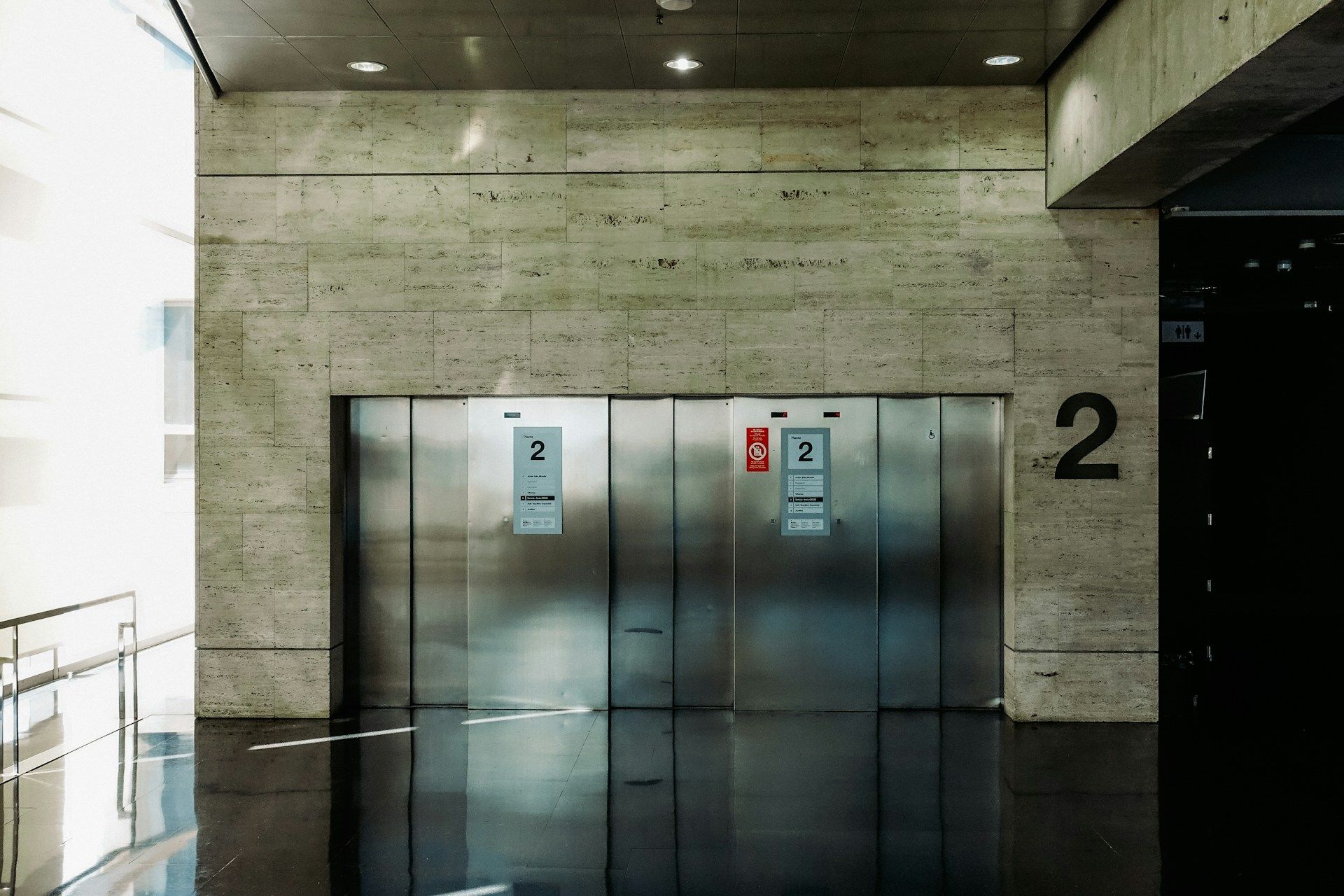Solving Common Elevator Noise Issues: What You Need to Know
Elevator noise is a common issue that many building owners and occupants in Kentucky and Indiana face. Whether it's the unsettling creaks, loud bangs, or irritating hums, these noises can disrupt daily life and make elevator rides uncomfortable. Addressing these noises promptly is important because it not only improves comfort but also ensures the efficiency and longevity of the elevator system. By understanding the nature and causes of elevator noises, building managers and owners can take the necessary steps to keep their elevators quiet and efficient.
Elevators are complex machines with many moving parts, and like any machinery, they need regular care to work smoothly. Ignoring strange noises could lead to bigger problems down the line, affecting reliability and potentially leading to costly repairs. Just as you wouldn't ignore a strange noise coming from your car, it's essential to pay attention to any unusual sounds from your elevator. That's where professional insights from a knowledgeable partner like Elevator Solutions Inc. can help guide you in maintaining a quiet and efficient elevator system.
Common Causes of Elevator Noise
Understanding what might be causing the noise is the first step in solving the problem. Here are some common sources of elevator noise:
1. Worn-Out Bearings: Bearings help the elevator glide smoothly up and down. When they wear out, they can start making screeching or grinding noises. This problem often occurs from extended use without proper maintenance.
2. Loose or Misaligned Parts: Sometimes, parts of the elevator might become loose or shift out of alignment. This can lead to banging or thumping noises as the elevator moves past each floor.
3. Faulty Brakes: Elevator brakes that aren't working correctly can make a loud, sharp noise each time the elevator stops. Regular checks can ensure they stay in good condition.
4. Old or Poor Lubrication: Just like any machine, elevators need the right lubrication for smooth operation. If the lubrication is inadequate or missing, it can lead to squeaking or grinding sounds.
5. Vibrations In the Cab: These can happen when the cab isn't leveled correctly or if there's an imbalance in weight distribution. This issue often results in low-frequency hums or vibrating noises.
Paying close attention to these noise sources can prevent larger problems. Building managers should not only observe these noises but also keep a log of when and where they occur. This documentation can help service professionals diagnose issues more quickly and accurately, ensuring the elevator remains safe and comfortable for everyone.
How to Diagnose Elevator Noise Problems
Identifying the source of elevator noise takes a bit of patience and observation. Start by listening carefully to the noises. Are they happening at specific times or under particular conditions? Begin by breaking down the problem into more manageable bits:
- Identify Types of Noises: Pay attention to whether the noise is a grinding, squeaking, or thumping sound. Each type can point to a different issue.
- Locate the Source: Try to pinpoint where the noise is coming from. For instance, do you hear it when the elevator is stopping, or does it come from the shaft itself?
- Time of Occurrence: Note when the noises occur. Are they more frequent in the morning, or do they happen randomly throughout the day?
Once you collect this information, document it. Keeping track of when and how often the noise occurs could provide clues to a professional maintenance team. Regular monitoring and consistent logging are keys to a smooth operation, as they help identify patterns and potential areas of concern early on.
Solutions for Common Elevator Noise Issues
Once you've identified the types and sources of noises, consider these potential solutions:
1. Regular Maintenance: Scheduled check-ups can prevent many noise issues. A maintenance team can replace worn parts before they become problematic.
2. Lubrication of Parts: Ensure moving parts are well-lubricated. This minor yet effective solution can prevent squeaks and grinding noises due to friction.
3. Tighten Loose Components: Tightening up any loose parts can solve rattling and banging noises that occur as the elevator moves.
4. Adjust Misaligned Elements: Proper alignment of elevator components helps avoid unnecessary vibrations and noise from the cab.
5. Brake Inspections: Check the brake system regularly to make sure they function properly, reducing sharp stopping noises.
Ensure you work closely with professionals to execute these solutions. While there are quick fixes, some issues will require a trained technician to solve them comprehensively.
Benefits of Noise-Free Elevators
A well-maintained, quiet elevator enhances the environment of a building significantly. When elevators operate smoothly, it boosts the overall ambiance and comfort for visitors and tenants. People feel more relaxed knowing that the elevator they’re riding is quiet and reliable.
Quiet elevators also mean fewer disturbances and disruptions. This reflects positively on the building's reputation, contributing to higher tenant satisfaction. Additionally, maintaining noise-free elevators helps extend their service life, improves efficiency, and reduces unexpected breakdowns, saving on repair costs in the long run.
Ultimately, a noise-free elevator keeps everyone happy—from building operators who appreciate the reduced hassle to everyday users who enjoy a comfortable ride. Addressing elevator noises promptly ensures peace of mind and a smooth experience for all.
For building owners in Kentucky and Indiana, addressing elevator noise effectively comes down to engaging with expert services. Experience the benefits of smooth and quiet operations by prioritizing regular elevator maintenance services. Trust Elevator Solutions Inc. to help keep your elevators running efficiently and safely, ensuring a stress-free ride for all tenants and visitors.



